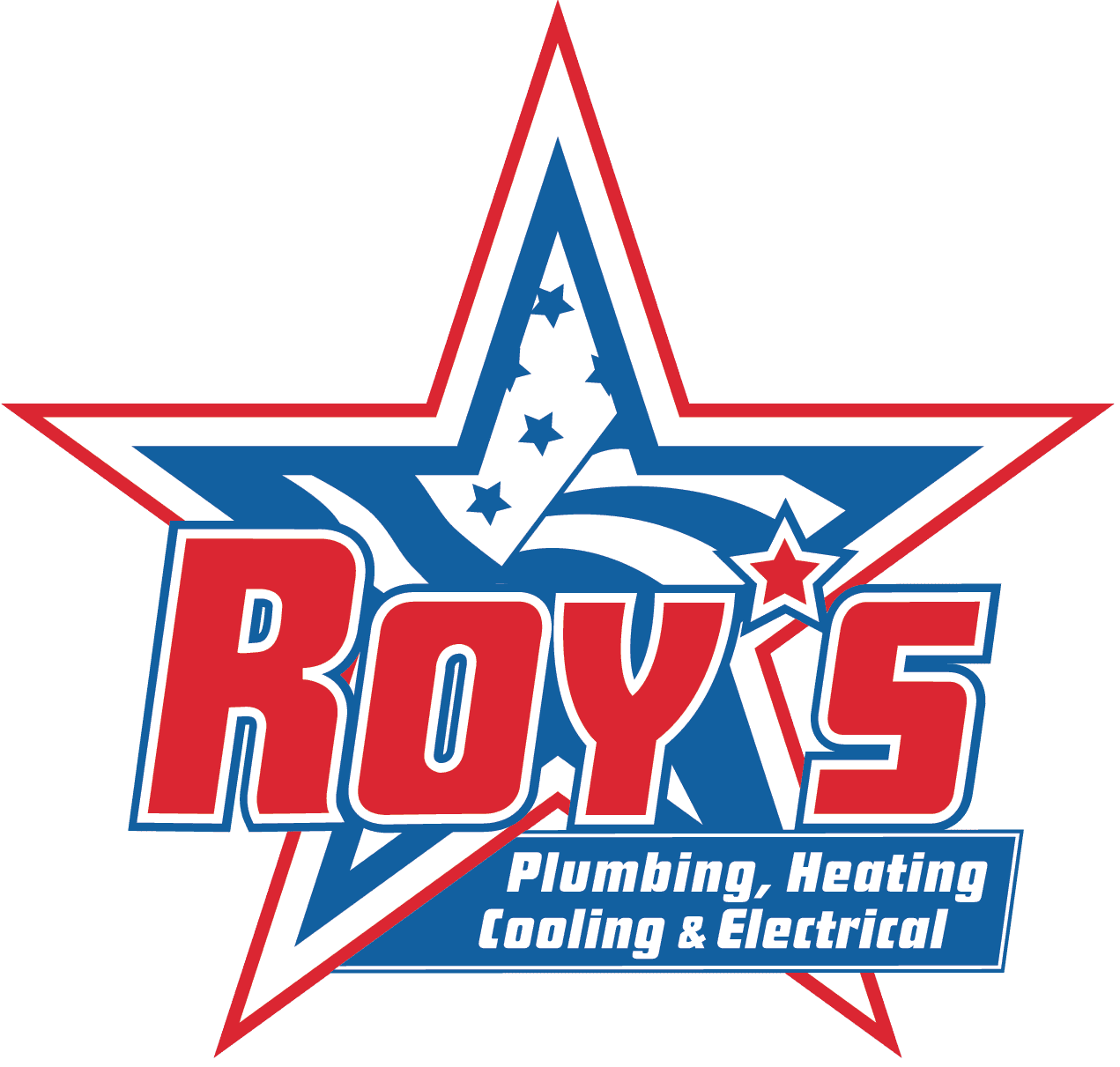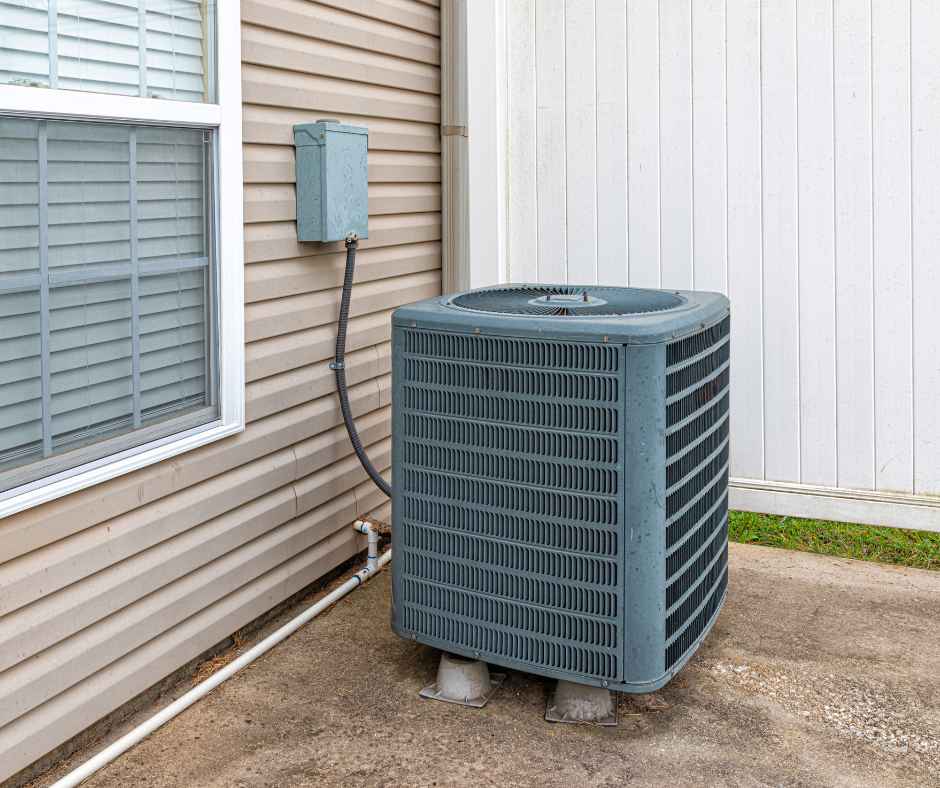
Why Is My Air Conditioner Short Cycling?
Is your air conditioner constantly turning on and off without ever fully cooling your home? That rapid, repetitive pattern is called short cycling—and it’s a clear sign that something isn’t working as it should. Short cycling doesn’t just disrupt your comfort. It also puts unnecessary strain on your air conditioner, driving up your energy bills and increasing the risk of expensive repairs. From dirty air filters to deeper mechanical issues, there are several reasons your system might be acting up.
The good news? Many causes of short cycling are fixable. In this blog, we’ll walk you through what short cycling is, why it happens, how to recognize it, and what to do about it.
What Is Air Conditioner Short Cycling and Why It’s a Problem
Short cycling happens when your air conditioner turns on and off far more frequently than it should—often running for only a few minutes before shutting down, then restarting again shortly after. Instead of completing a full cooling cycle, the system cuts out early and repeats the process over and over. While your home might still feel cool at times, the stop-and-start routine is a sign of inefficiency and potential trouble.
This behavior is more than just a minor annoyance. When your AC short cycles, it never has the chance to properly regulate the temperature or remove humidity. As a result, your home can feel uncomfortable—even if the air seems cool at first.
What’s more, the repeated starting and stopping places added strain on major components, particularly the compressor. This not only increases energy usage but can also shorten the lifespan of your system. Left unchecked, short cycling may lead to frozen coils, electrical malfunctions, and costly breakdowns that could have been prevented with early intervention.
Understanding why short cycling happens and addressing it quickly is essential for maintaining both comfort and system performance.
Signs Your Air Conditioner Is Short Cycling
Sometimes, short cycling is easy to recognize. Other times, it can fly under the radar—especially if your home still feels relatively cool. But if your AC system is constantly switching on and off and never seems to maintain a consistent temperature, it’s time to take a closer look.
One of the most noticeable signs is the system turning off before it’s run for a full 10 minutes. It may kick on, run briefly, and then shut off again—repeating that cycle all day. You might also hear frequent clicking from the thermostat or outdoor unit as the system starts and stops.
Here are a few additional red flags that point to short cycling:
- A home that never feels fully cooled, no matter how often the system runs
- Rooms with uneven temperatures or excessive humidity
- Higher-than-usual energy bills, even if your usage hasn’t changed
- Short bursts of cold air followed by long stretches of nothing
While each of these issues might seem manageable on its own, together they’re strong indicators that your air conditioner is struggling to perform properly. Catching short cycling early is the key to preventing more serious problems from developing down the line.
How to Fix an AC That’s Short Cycling
Fixing an air conditioner that’s short cycling starts with identifying the root cause. In some cases, a simple adjustment is all it takes to get your system back on track. In others, professional help may be necessary—especially if the issue involves electrical components or refrigerant levels.
If you’re comfortable doing a little troubleshooting, there are a few steps you can take on your own. Start by checking the air filter. A clogged filter can restrict airflow, causing the system to overheat and shut down early. Replacing or cleaning the filter often helps restore normal operation. Next, take a look at your thermostat. Make sure it’s not placed too close to a vent or window, as this can cause it to misread the temperature and send mixed signals to your AC.
Clearing debris around the outdoor condenser unit is another easy fix. Leaves, grass, or fencing that block airflow can contribute to poor performance and force the system to short cycle. You can also try turning off the system at the breaker and restarting it after a few minutes—this sometimes resets control board issues and resolves temporary glitches.
But if your AC continues to short cycle even after these steps, it’s time to call in the experts.
When to Contact Roy’s Plumbing, Heating, Cooling & Electrical
- You suspect a refrigerant leak or notice ice on the coils
- The system shuts off before reaching the set temperature
- You’ve ruled out the filter, thermostat, and airflow issues
- Your AC is more than 10 years old and showing other signs of wear
- You’re dealing with repeated short cycling across multiple days or weeks
Our experienced AC repair technicians can perform a full inspection, pinpoint the issue, and recommend the best solution—whether that’s a repair, system adjustment, or replacement.
How to Prevent Short Cycling from Returning
Once you’ve resolved short cycling, the next step is making sure it doesn’t happen again. Prevention is often easier—and far less expensive—than fixing a breakdown later. With a little ongoing maintenance and some smart system care, you can help your AC run efficiently for years to come.
One of the most important things you can do is schedule annual HVAC maintenance. A professional tune-up ensures your system is clean, properly charged, and functioning as it should. During a visit, a technician can also catch small issues—like worn components or airflow restrictions—before they cause short cycling or other performance problems.
Regular filter changes are also critical. A dirty or clogged filter restricts airflow and can cause the unit to overheat or shut down prematurely. Aim to change your filter every one to three months, depending on the type of filter and usage level.
You can also take steps like:
- Ensuring your thermostat is centrally located and not in direct sunlight or near vents
- Keeping supply and return vents open and unblocked
- Clearing away plants, leaves, or debris from around the outdoor condenser unit
- Verifying that your system is correctly sized for your home, especially if you’ve recently added living space or renovated
In some cases, upgrading to a smart thermostat may also help prevent short cycling. These devices offer better temperature control and can alert you to unusual system behavior before it becomes a major problem.
By staying proactive, you can extend the life of your air conditioner—and keep your home cool and comfortable without interruption.
Wrap-Up: Don’t Let Short Cycling Disrupt Your Comfort
Short cycling might start out as a small annoyance, but it can quickly lead to big problems—rising energy bills, uneven temperatures, and costly damage to your AC system. Whether it’s a clogged filter, a refrigerant issue, or something more complex, the key is addressing the issue early and correctly.
Understanding the signs of short cycling and taking action—whether with a simple filter change or by calling a professional—can make a big difference in the performance and longevity of your air conditioner. Just as importantly, routine maintenance and proper system sizing can help keep the problem from coming back.
If your AC is short cycling and you’re not sure why, the team at Roy’s Plumbing, Heating, Cooling & Electrical is here to help. Schedule a service appointment today, and let our experts restore your comfort—fast and efficiently.
Recent News
Mastering Residential Plumbing and Drain Care: Pro Techniques for Leak Prevention, Pipe Longevity, and Eco-Friendly Maintenance
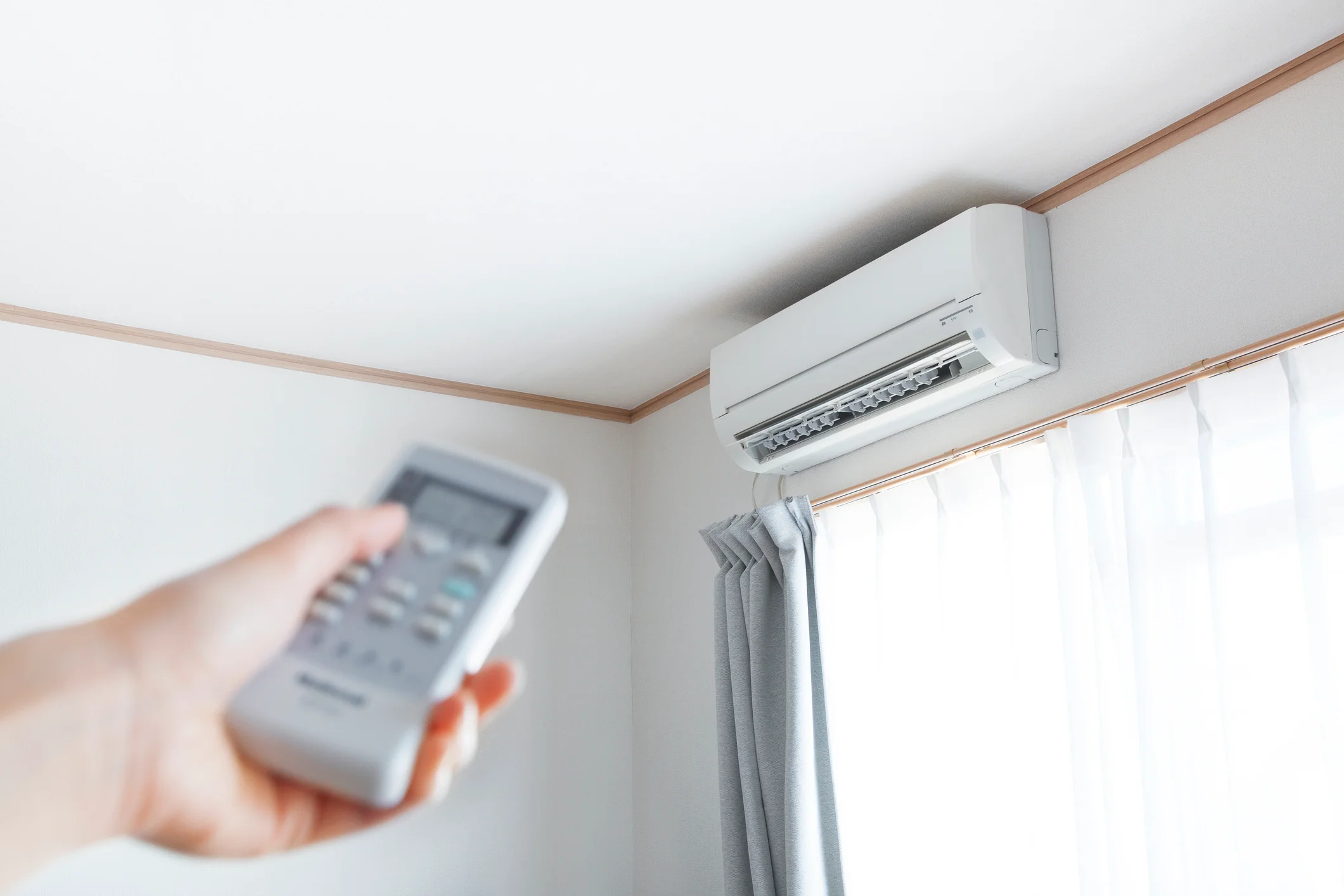
What Is a Mini Split, and How Is It Different from Central Air and Other HVAC Options?
What Is a Mini Split, and How Is It Different from Central Air and Other HVAC Options?

An In-Depth HVAC Efficiency Audit: How to Diagnose Performance Issues, Enhance Indoor Air Quality, and Cut Energy Costs

An In-Depth HVAC Efficiency Audit: How to Diagnose Performance Issues, Enhance Indoor Air Quality, and Cut Energy Costs
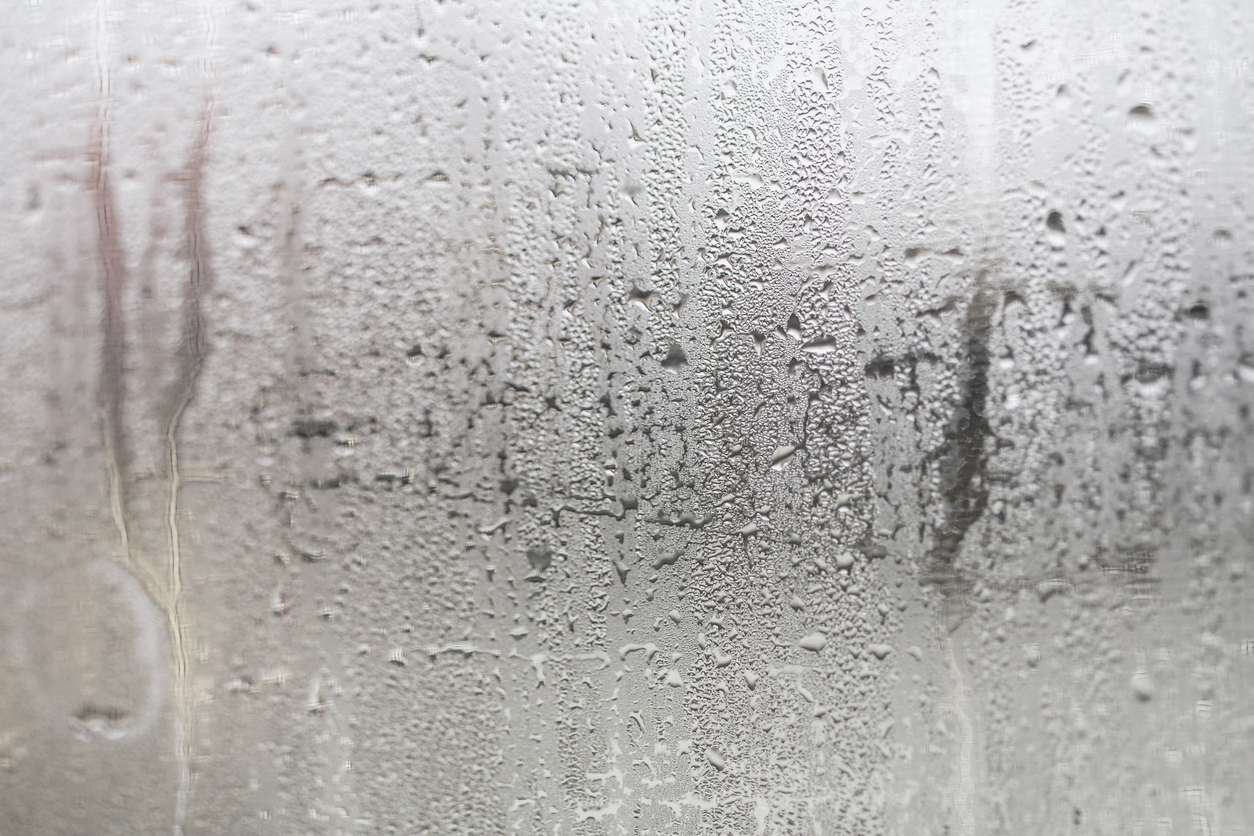
Why Indoor Humidity Matters in Buffalo, NY — for Comfort, Health, and Your Home
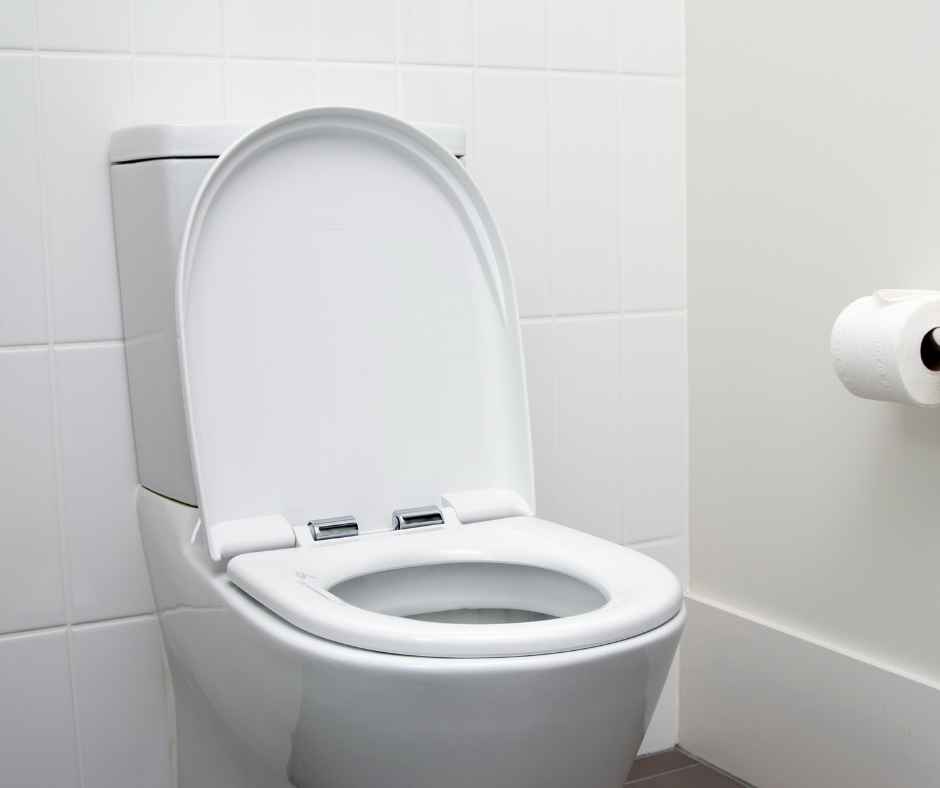
Why Is My Toilet Running?
Get in Touch
